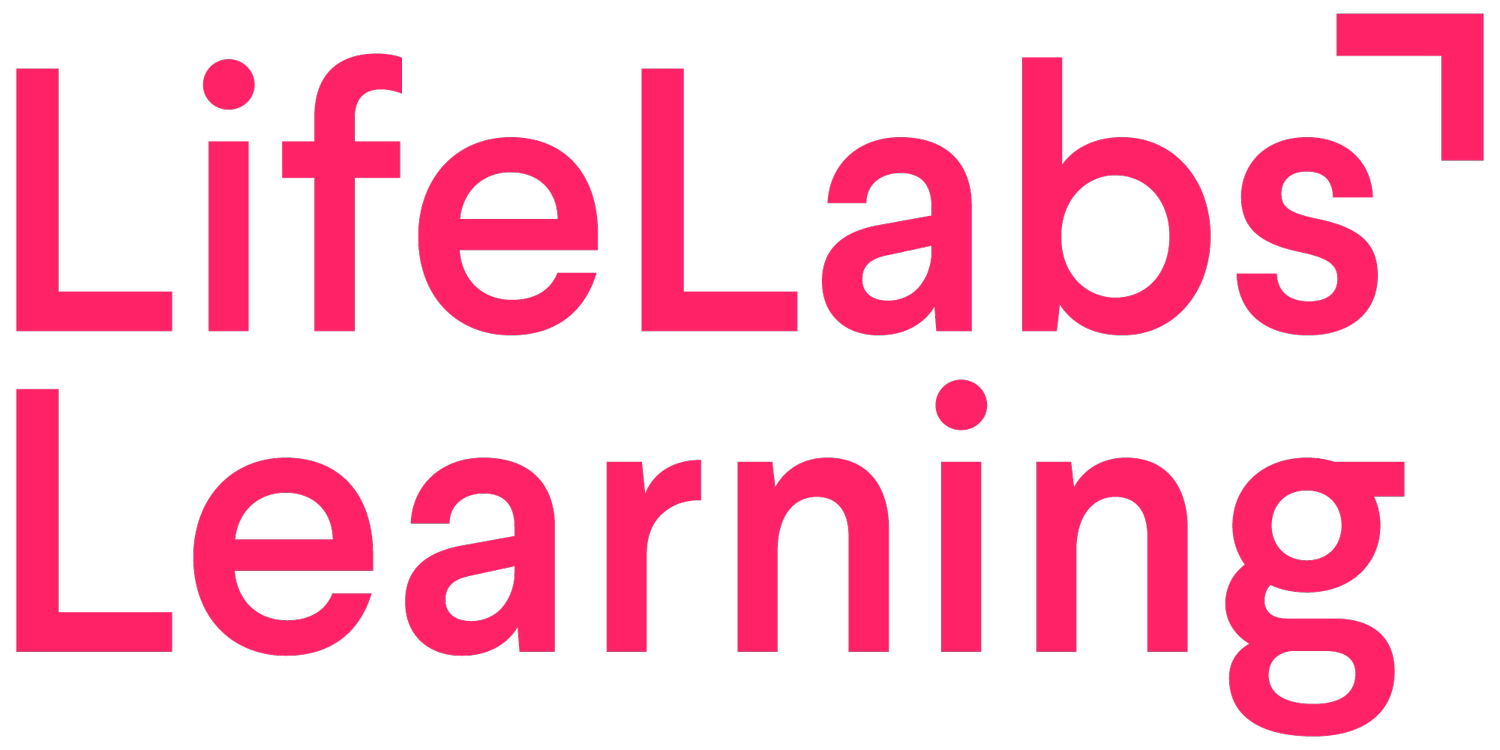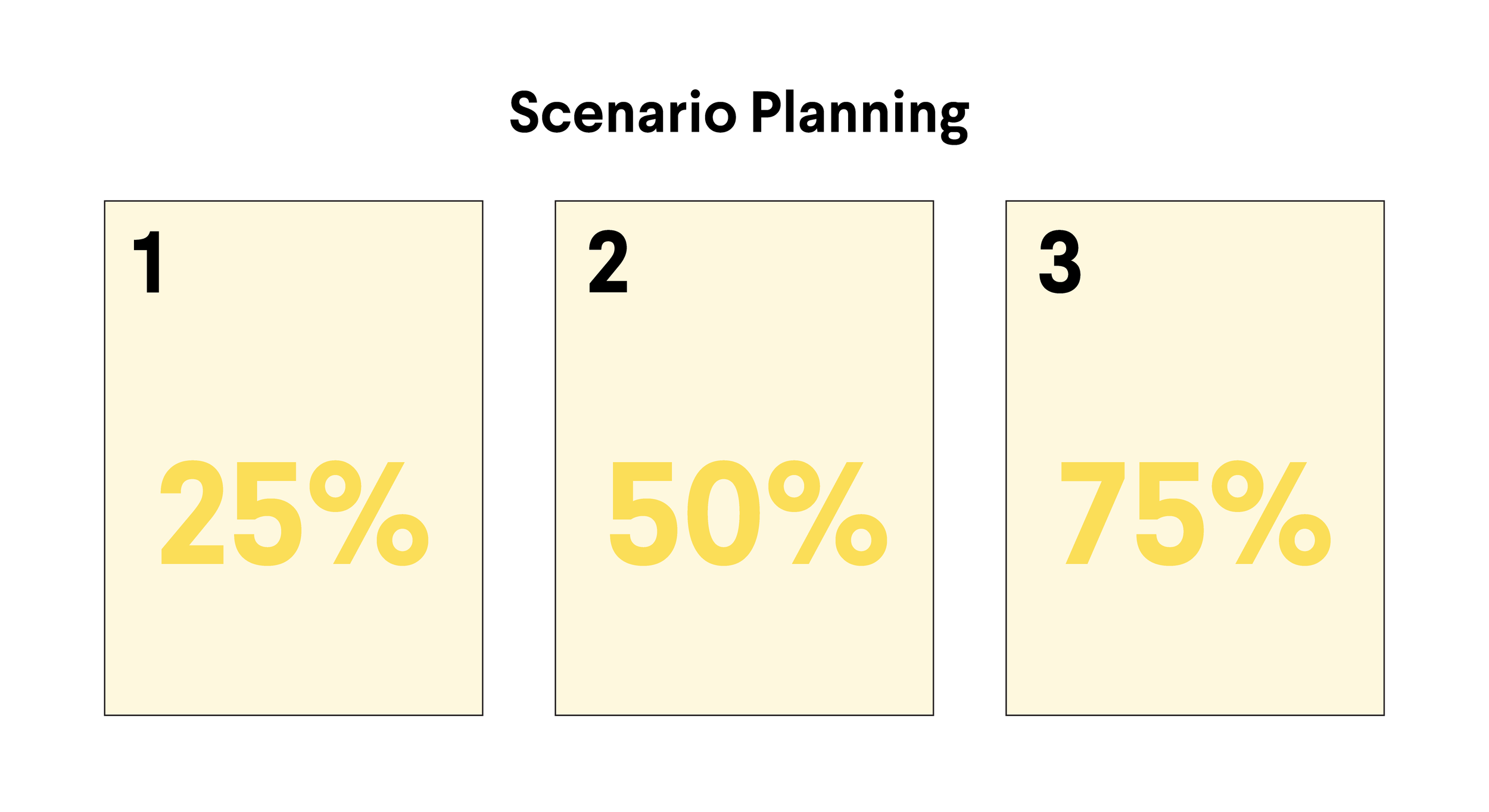How to Increase Organizational Resilience Through Adaptive Goal-Setting
Part 3 of 6 of the Organizational Resilience Blog Series
Our framework is based on academic research as well as our in-house interviews with leaders across a wide range of industries (e.g., tech, medical, non-profit) by LifeLabs Learning's Impact Lead Joie Lim M.S., who is developing specialized expertise in Organizational Resilience.
Adaptivity has become one of the most sought-after skills in today’s market. In fact, at LifeLabs Learning, we have leaders request “resilient training”. Companies that can quickly adjust hold the key to staying relevant, while those who struggle might find it challenging to meet current and future demands.
In part 3 of our Organizational Resilience blog series, we explore the second pillar of organizational resilience: goal adaptation. Resilient companies know how to adapt their goals – those measurable results – to align with new challenges while staying true to their broader idea of success.
This approach may seem obvious, but here’s the catch: Most companies set goals during the annual planning rush only to forget about them later. It's kind of like making a New Year's resolution and abandoning it by February.
But not resilient organizations. They have strategic planning systems that regularly review their objectives and key results (OKRs) so they can tweak their strategy, goals, or the like before it’s too late.
Strategic planning paves the way to adaptability.
Strategic planning processes come in many shapes and sizes, and some companies don’t have a process at all. So, what makes a strategic planning system effective?
Leaders across industries and companies of all sizes agree: resilient strategic planning systems have key features that enable companies to adapt when needed. Let’s take a look at two.
1. Resilient strategic planning systems are structured and have a regular cadence.
There should be a defined structure and cadence to the strategic planning process. For example, HashiCorp’s Chief of Staff recommends an operating cadence that includes annual, quarterly, and weekly check-ins to create and track progress on OKRs and key performance indicators (KPIs). A structured process for reviewing OKRs ensures everyone involved can promptly pivot when needed, which is critical for adapting to change.
🗓️ Try it! Follow this recommended structure and cadence for company planning:
Annual planning:
Process: Set up measurable goals (OKRs) for each department and align them across the org
Audience: Executive team
Format: Multiple day summit / offsite
Quarterly business review (QBR):
Process: Review OKRs, share target and actual results for the quarter, and create an action plan to review at the next QBR
Audience: Executive and leadership teams
Format: 30-minute meeting per OKR
Weekly review:
Process: Review lead indicators (metrics or milestones that show if you’re on the right track) to inform actual results for the quarter
Audience: Executive team
Format: One-hour meeting
2. Resilient strategic planning systems are transparent and visible.
All employees need to have access to OKRs, as well as the vision and strategy for the next year or more. Smart decision-making relies on everyone knowing the org’s short- and long-term priorities.
Another reason to make goals transparent is that humans go into flight or fight mode, a stress response that's triggered when change is made unexpectedly. When employees have insight into company goals and strategy, they're less likely to be surprised when the company needs to pivot in response to new demands.
💡Pro tip! : Share one source of truth (a single resource) with the company’s OKRs and each department’s strategy in an easily accessible space for all employees.
Two ways anyone can empower goal adaptation.
Even if you’re not in charge of designing the strategic planning system, you can still enable adaptivity within your workplace.
Here are some steps managers and individuals can take to increase goal adaptation.
1. Perform positive adaptive behaviors.
Research shows that people who see change as an opportunity can positively adapt their behavior to meet new demands instead of using programmed responses typical for the situation or, worse, adapting negatively (such as creating conflict, pushing back, or quietly quitting).
Tools for individuals:
When faced with a challenge, ask: “What is the ideal outcome here? What can I do that’s within my control that will help achieve that?”
Tools for managers:
When a direct report shares a challenge, use the LifeLabs Learning SOON Funnel to empower them in finding a solution: ask questions about success, obstacles, options, and next steps. (To learn more about the SOON Funnel, chat with one of our team members here.)
2. Develop tolerance for uncertainty.
Uncertainty gets in the way of adaptivity. Resilient employees can make good decisions with limited information and, more importantly, tolerate the uncertainty that comes with it.
Tools for individuals:
If you’re uncertain about the future, create a plan for each possible scenario to boost your certainty about what might happen (learn more about Scenario Planning here). Bonus: Based on the available information, identify the likelihood of each scenario!
Tools for Managers:
Recognize employees who solve problems and make decisions when things are unclear to encourage adaptivity and bump up tolerance.
Craving more resiliency strategies? Stay tuned for the next pillar of organizational resilience: rapid responsiveness.
Source: Mallak, L. (1998). Putting organizational resilience to work. INDUSTRIAL MANAGEMENT-CHICAGO THEN ATLANTA-, 8-13.
>> Want to speak to a LifeLabs Learning consultant about bringing resiliency skills into your organization? Reach out to us here!




